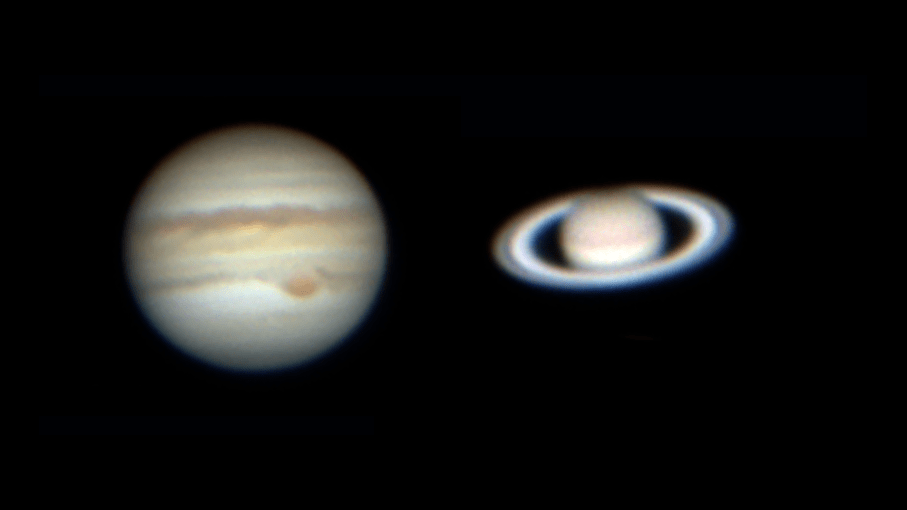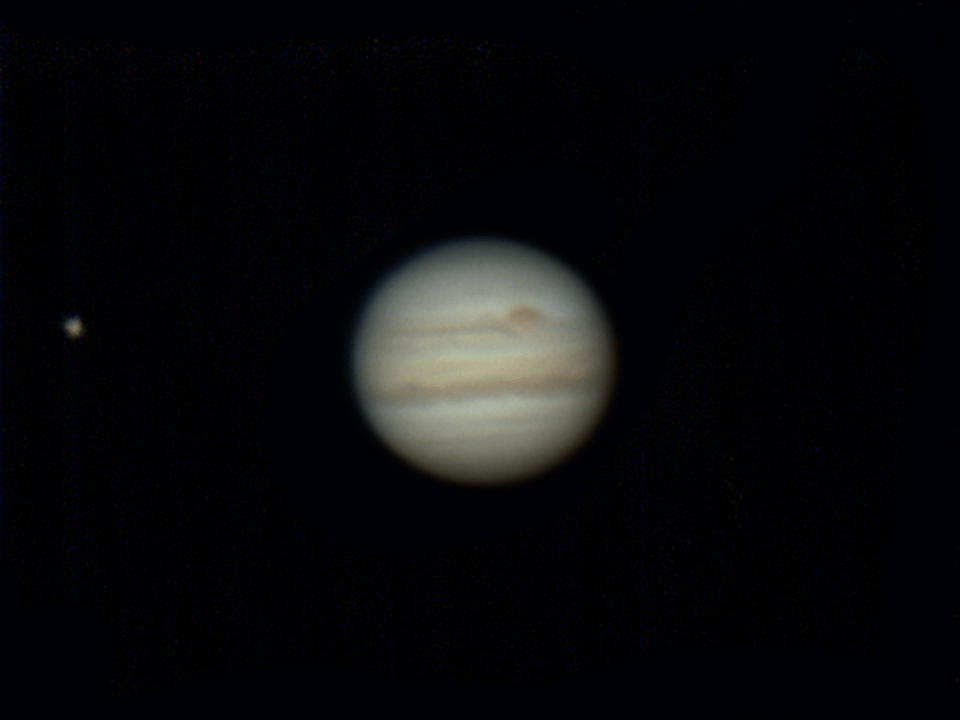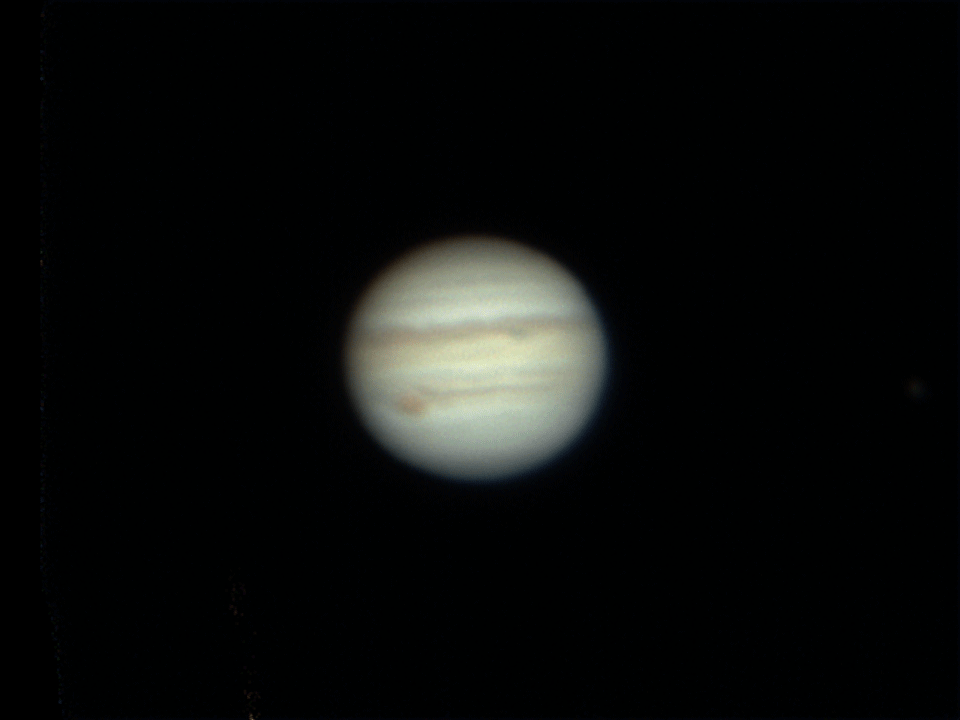For me the summer months are always a relatively slack time for trying to do any form of astronomy.
The night sky never gets properly dark at this time of year and you have to stay up until silly hours to see anything. That’s one reason why I took up solar observing / imaging a number of years ago, so that I can still be relatively active doing something while we have no real night skies.

It’s also been a lean time for astronomy for me all round during the last year. It’s just days away from the first anniversary since we moved house. That move and subsequent repairs, decorating, garden makeover, writing and going into schools has taken up a lot of time and effort. As a result it has left me with very little energy and have felt completely shattered and have struggled to stay up to do anything for quite a few months now. I couldn’t even be bothered to stay up to try and view the noctilucent clouds expected and displayed brilliantly on the 21st of June.
Well, let’s be honest here, I’m not getting any flipping younger, am I?
As a result, since acquiring my fabulous C11 last year, although it has seen a reasonable amount of lunar action, I haven’t had that many chances to put it through it’s paces on any of the the planets. Mars was a real disappointment last year, being so low down, I got a couple of images. Also the global dust storm it had, that killed the poor old martian probe Opportunity, hampered observing any of its surface features in any detail.
Jupiter and Saturn themselves are also very low down at the moment, and will be for a number of years to come until they start to slowly creep northwards along the ecliptic.
But the 30th of June looked like it was going to be clear.
I felt a little bit enlivened, despite having just had my busiest week for a long time, (wasn’t “retirement” meant to be a little more relaxing?), so I decided to make the effort to get out there and try to capture some images of these two magnificent planets.
Jupiter has just passed opposition and Saturn reaches opposition in July, so they will both be at their best at this time.
So I set up the scope just as Jupiter was clearing the neighbouring house. I got focussed and could see all four Galilean moons, strung out, with the great red spot just in view. It was going to transit the central meridian as I was out there. Great news.
I set up my ZWO camera and started to take images. I had to use my laptop as the scope needed to be set up by the house so the planets could be viewed low down in the south.
All seemed to go OK. My newly acquired (second hand) non-shift focuser really came into its own. Focusing was a dream, much easier than doing it by hand.
All seemed to go really well.
Seeing improved as Jupiter climbed a bit higher, then as it broke into the gap between the two houses, things improved even more, with detail showing very nicely on the laptop screen.
I captured my AVI’s as quickly as possible, one after the other, before Jupiter started to drop behind the other neighbours house.
As Jupiter started to close in on the other roof, Saturn was just clearing the branches of a tree. So the scope was sent round to start capturing images of the fabulous ringed planet.
At about 12:30 am, I decided I had captured what I wanted.
I then took the camera off the scope and took a very nice long hard look at Saturn and its moons.
Once I was satisfied with the view I got, I then in to process the avi’s on the main computer.
When I came to process the images,they were extremely dark.
They looked great on the laptop screen when I was capturing them.
However, they did process reasonably well, albeit a bit grainy.
There seems to be a setting wrong in the display controls within Sharpcap that is giving me an artificially bright image.
I will look into this for next time and hopefully get to the bottom of it and help improve the images.
The results of the imaging is at the top of this post.
One of the image was re-processed to bring out Io on the left of the image.

The images aren’t the most detailed of either that I’ve taken, but it was great to get my toes back in the planetary imaging waters again.
As I took lots of Jupiter images over that couple of hours, I had enough to create an animation showing Jupiter’s rotation.
I first did this almost 17 years ago and have been meaning to repeat this ever since.

